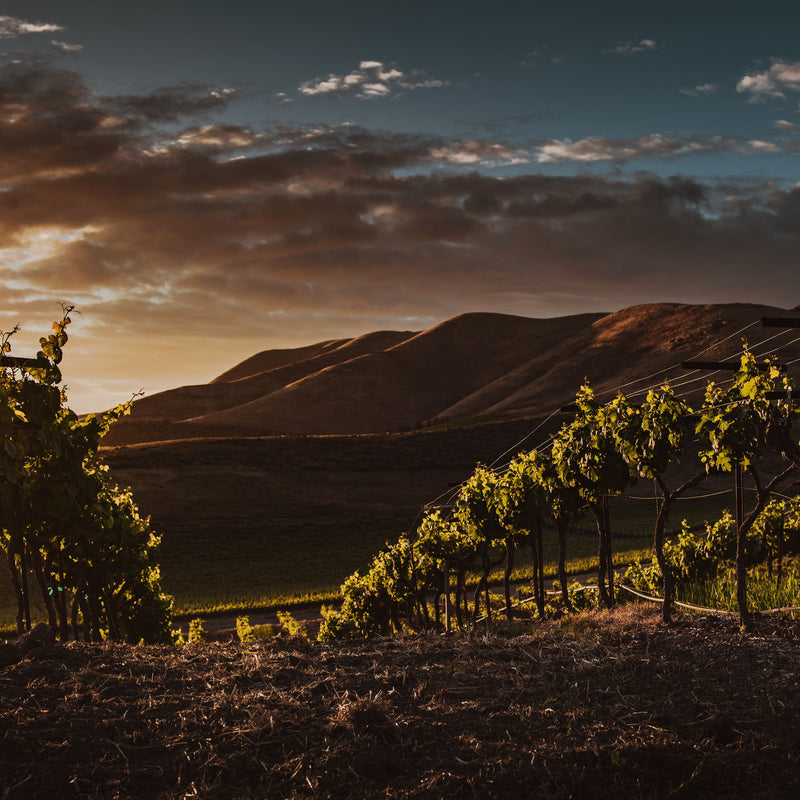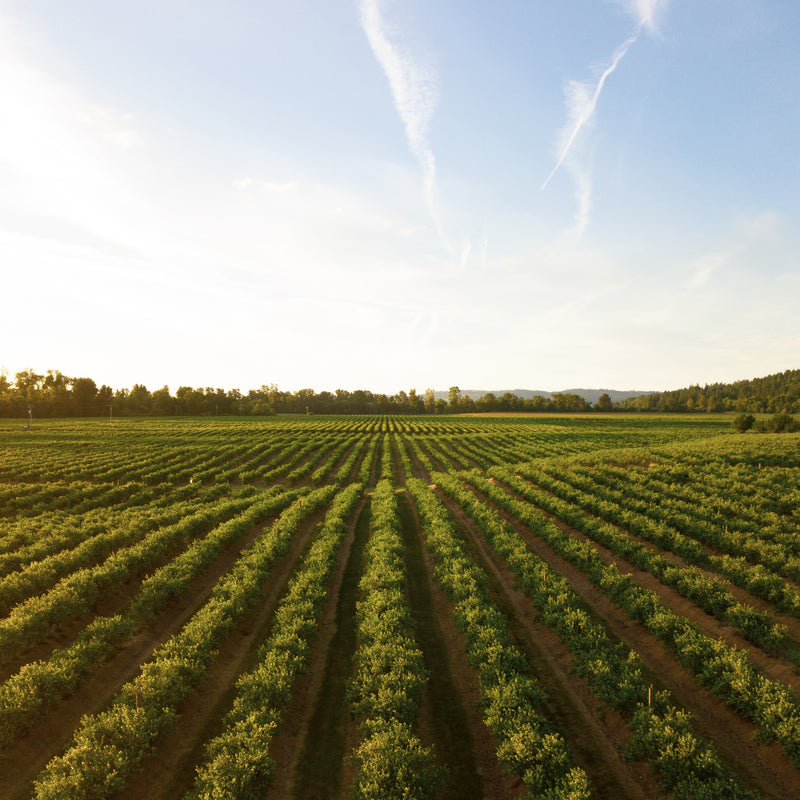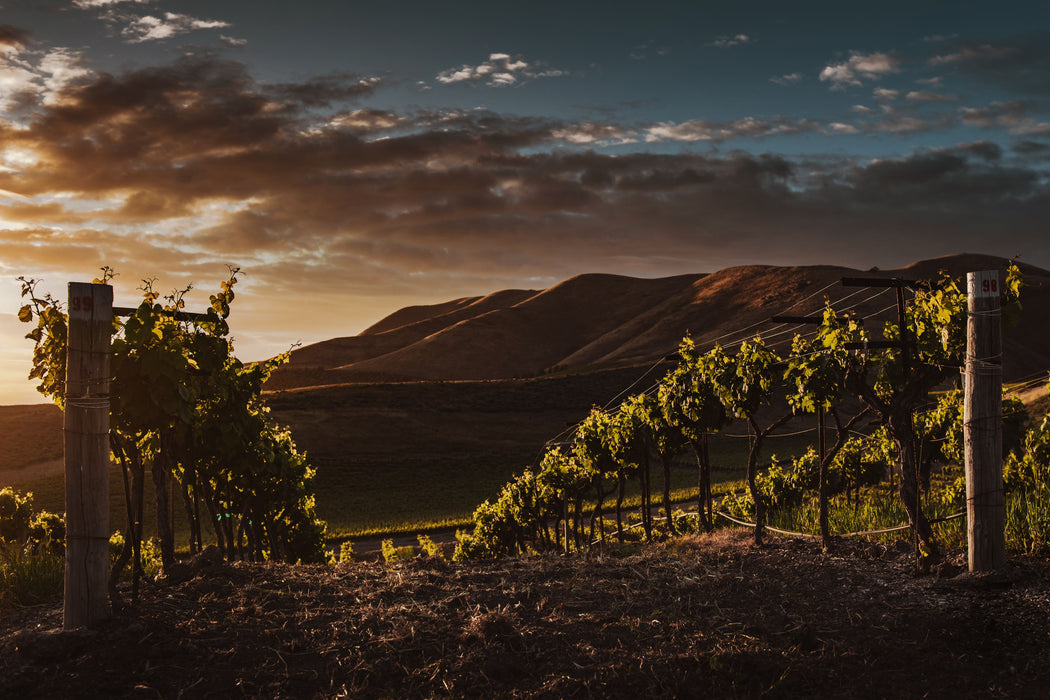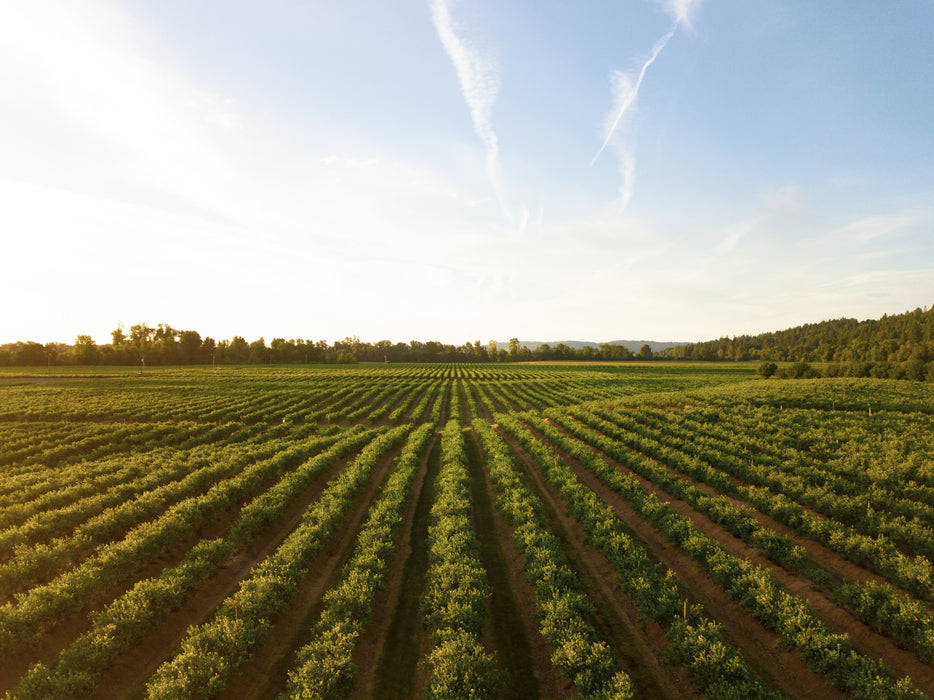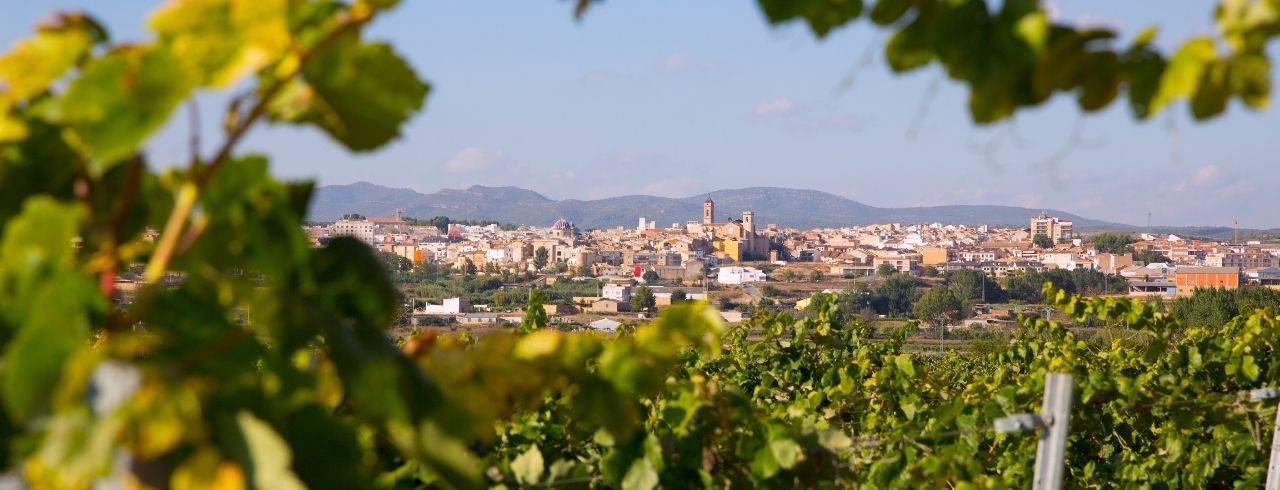
Spanish Wine Guide
While Spain may be famous for its cuisine, music, and fútbol, we think wine might be where this beautiful culture shines the brightest.
The third-largest wine producer globally, Spain only trails its Italian and French neighbors in the amount of wine sold internationally. Spain more than makes up for this deficit with its own beautiful collection of delicious Old World wines and ancient growing regions that transport their drinkers to an earlier age.
Using a unique style of barrel-aging, rigorous quality control, and centuries of history, Spanish winemakers produce bottles with distinct passion and personality that lovingly display the many wonders of Spanish culture.
To learn about this historic Old World wine country, read on for our Guide to Spanish Wine as we break down the history, growing regions, and bottles that make Spain a top vino destination:
The History of Spanish Wine
Like the country itself, Spanish wine’s journey from inception to contemporary times is a long and exciting one.
We’ll keep our recap to the essentials, so you can better understand the cultural evolution that made Spanish wine what it is today:
Ancient Beginnings
While Spain is a newer addition to the list of wine superpowers than France or Italy, the Hispanic country has a winemaking tradition stretching back thousands of years.
Some archaeologists suggest the first Spanish wines originated in 4,000 B.C., but the oldest evidence of wine production in the country comes from 1,100 B.C. in the Southwestern city of Cádiz.
In the centuries following this initial cultivation, control over Spain alternated between powerful societies, such as the Phoenicians and the Carthaginians, which influenced the country’s burgeoning wine culture.
However, it was not until the mighty Roman Empire took over Hispania in 206 B.C. that the Spanish wine industry truly took off.
Influence of An Empire
When the Romans controlled Spain, the production and exportation of wine quickly became a larger industry.
Taking advantage of the Mediterranean climate and producing large quantities of wine in Northern regions, like Terraconesis, and Southern areas, like Baetica, the Romans packaged and sold wine to outposts throughout their empire.
Though the quality of Spanish wine wasn’t up to the country’s modern standards, this Roman domination period planted the seeds of the economically prosperous Spanish wine industry.
A Modern Vino Success Story
In the centuries following Roman rule, Spain found itself subject to many invasions from neighboring countries.
These invasions stunted the country’s wine industry for centuries. Still, things picked back up again in the 1500s, as Christopher Columbus and King Ferdinand understood the value of shipping the country’s wine globally.
In the centuries since this revival, Spain’s focus on the wine industry only continues to grow.
Following the country's entrance into the European Union in 1986, Spanish winemakers experienced an economic boom that allowed them to utilize higher irrigation levels, renovate their facilities and produce higher quality wine faster than ever before.
The country still reaps this era's benefits, as the Spanish wine industry often reaches over $3 billion in yearly sales. This perennial success also fuels the country’s wine-related tourism industry, bringing further economic prosperity to many regions.
Spanish Wine Regions
Benefitting from the Mediterranean climate and national passion for wine, modern Spain has 138 officially designated wine regions.
For our purposes, we’ll focus on three of the nation’s most important wine-growing area:
La Rioja
Likely Spain’s most famous wine region, La Rioja is often called the Tuscany of Spain -- and for a good reason.
With beautiful, rolling hills and a climate that mixes hot summers, cool winters, and plentiful rainfall, the region is ideal for Tempranillo, Garnacha, and Macabeo (used for Cava) grapes, to name a few.
Classified under the country’s highest quality wine designation (DOC), La Rioja bottles are some of the most delicious and celebrated white and red blends worldwide.
Winery to Visit
For the ultimate taste of La Rioja, the Bodegas Zuazo Gaston winery provides visitors with spectacular tastings of its delicious bottles and the chance to explore its historic vineyards, cellar and museum.
Castilla-La Mancha
Castilla-La Mancha is a celebrated growing region located near Spain’s capital city, Madrid.
More than half of Spain’s grapes can be grown here, and popular red grape varieties like Tempranillo, Cabernet Sauvignon, Garnacha and Syrah are common across the region.
This success comes despite what many describe as harsh growing conditions:
Castilla-La Mancha temperatures can reach as high as 104°F in summer and below freezing during winter. The region is also home to substantial variations in altitude among vineyards.
Local wineries overcome this by carefully planting sturdy grapes that can survive temperature fluctuations and diminished access to rainfall without losing quality.
This arduous process is well worth it, as the region produces wines that become diverse, international favorites
Winery to Visit
The Bodegas Isidro Milagro winery evokes traditional Spanish history and offers visitors a wonderful sampling of Castilla-La Mancha varietals and blends in Spain’s charming countryside.
Bullas
The Bullas wine region in Southeastern Spain lies within the Murcia province and is known for producing excellent wines.Its claim to fame is producing younger wines, mainly red and rosé, at high altitudes averaging between 1,500-2,750 feet above sea level.
Though the chalk and limestone soils at these altitudes can be hard and difficult for planting, the effort pays off in the form of some of the Iberian Peninsula’s finest varietals and blends.
Monastrell, Syrah, Tempranillo, Merlot and Cabernet Sauvignon grapes thrive here, all contributing to the region’s renowned reputation.
Winery to Visit
The Bodegas del Rosario winery offers personalized, guided visits that traverse its cellars and vineyards before embarking on a delicious wine tasting among friends.
Spanish Wines
Though there a plethora of fantastic Spanish wines, let’s break down some of the most famous and acclaimed Spanish varietals and blends:
Cava
A sparkling, exciting example of Spanish white wine, Cava is one of Spain’s most popular blends domestically and internationally.
Featuring zesty flavors, bright acidity, and a unique minerality, Cava is a light to medium-bodied crowd-pleaser that serves as an excellent, dry alternative to Champagne or Prosecco.
Rioja
Arguably the trademark wine of Spain, Rioja derives primarily from the famous Tempranillo grape, though it’s sometimes more of a red blend incorporating Garnacha, Mazuelo, or Graciano grape varieties.
Offering a firm structure and plentiful tannins, Rioja resembles popular reds such as Cabernet Sauvignon. Still, it sets itself apart with a distinctly fruity taste featuring heavy notes of cherry and plum complemented by hints of vanilla, leather, and dill.
Garnacha
A delightful Spanish red wine, Garnacha features lovely notes of candied fruits, exciting hints of spice, and a pleasant mix of floral notes.
Perfect for fans of fruit-heavy reds, this medium-sweet wine pairs well with slow-cooked, fatty meats, making it an ideal partner to a heavier Spanish meal.
Albariño
Light, refreshing, and acidic, Albariño is a brisk Spanish white with a delightful dose of fruity flavors, subtle notes of herbs, and a pleasant minerality.
With a trademark, lightly-bitter aftertaste and its light body, this varietal gives the relaxing experience of a day spent on a tranquil Spanish beach.
A Taste of Spain

At Wine Insiders, we know that finding new wines can be overwhelming, so we’re here to help. To make it easy to learn more about the Spanish wines and regions we discuss above, we’ve created a Spanish Wine Collection to help you find your next bottle of mouthwatering Tempranillo.











